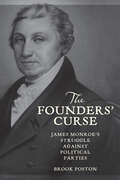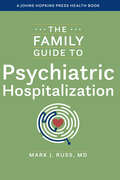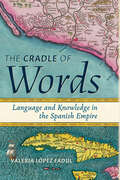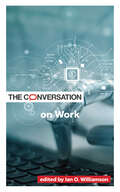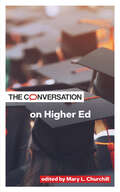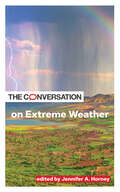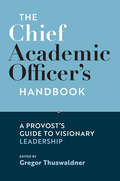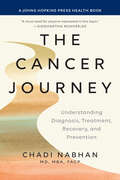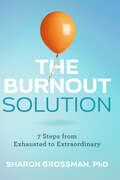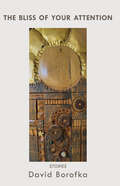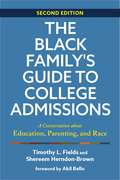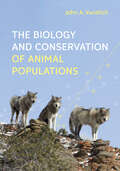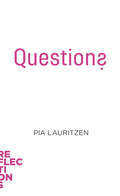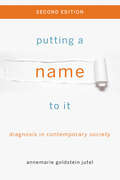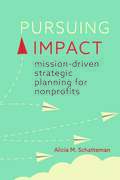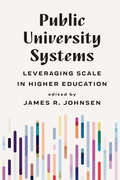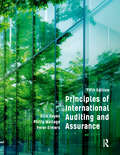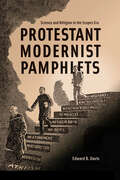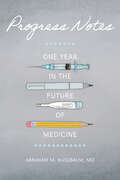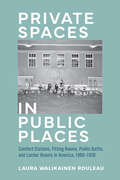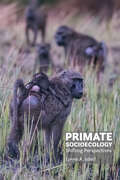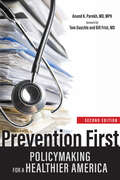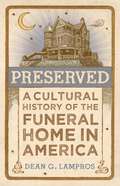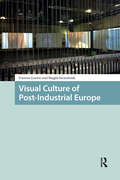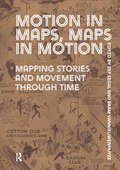- Table View
- List View
The Cancer Journey: Understanding Diagnosis, Treatment, Recovery, And Prevention (A\johns Hopkins Press Health Book Ser.)
by Chadi Nabhan, MD, MBA, FACPThe Black Family’s Guide to College Admissions: A Conversation About Education, Parenting, And Race
by Timothy L. Fields and Shereem Herndon-BrownPublic University Systems: Leveraging Scale In Higher Education (Public University Systems Ser.)
by James R. JohnsenPrinciples of International Auditing and Assurance: 5th Edition
by Philip Wallage Rick HayesThis groundbreaking textbook redefines auditing education by seamlessly incorporating International Standards on Auditing (ISAs) and other IAASB assurance standards at its core, establishing a new paradigm in how auditing principles are taught. Recognized worldwide as the hallmark of auditing excellence, ISAs set the highest benchmarks for audit quality. This latest edition meticulously unfolds the evolution, application, and global integration of ISAs, alongside other assurance standards and key national frameworks, ensuring that the content remains at the forefront of international practices. It provides students with an extraordinary depth of insight into auditing and assurance, mirroring the very latest in contemporary practices and thought leadership. Key highlights:, Comprehensive exploration of the audit profession, essential concepts, the audit process across four stages, and specialized topics. Insight into the latest advancements in audit technology, including data analytics. Updates on the latest auditing and assurance standards, ensuring relevance and applicability. Expansion into a wide spectrum of assurance engagements, including a brand-new dedicated chapter on sustainability assurance. Practice questions styled like exams at the end of each chapter, facilitating effective review and learning. With its global perspective and adherence to the latest standards, this textbook is an essential resource for students aspiring to excel in the dynamic field of auditing.
Protestant Modernist Pamphlets: Science And Religion In The Scopes Era (Medicine, Science, And Religion In Historical Context Ser.)
by Edward B. DavisPrivate Spaces in Public Places: Comfort Stations, Fitting Rooms, Public Baths, And Locker Rooms In America, 1880-1930
by Laura Walikainen RouleauVisual Culture of Post-Industrial Europe (Cities and Cultures)
by Magda SzcześniakVisual Culture of Post-Industrial Europe investigates visual cultural projects in Europe from the 1970s onwards in response to industrial closures, resultant unemployment, diminished social services and shattered identities. Typically, art and visual cultural creations at one-time thriving European heartlands strive to make the industrial past visible, negotiable, and re-imaginable. Authors discuss varied and multiple types of art and visual culture that remember the sometimes-invisible past, create community in the face of social disintegration, and navigate the dissonance between past and present material reality. They also examine art and visual objects at post-industrial European sites for their aesthetic, historical, and sociological role within official and unofficial, government and community regeneration and re-vitalisation efforts. Sites range from former coal and steel plants in Duisburg, through shipyards and harbours of Gdansk and Hamburg, a Moscow paper factory and textile factories in Albania, to still-functioning Croatian metalworks.
Motion in Maps, Maps in Motion: Mapping Stories and Movement through Time
by Zef Segal Bram VannieuwenhuyzeMotion in Maps, Maps in Motion argues that the mapping of stories, movement, and change should not be understood as an innovation of contemporary cartography, but rather as an important aspect of human cartography with a longer history than might be assumed. The authors in this collection reflect upon the main characteristics and evolutions of story and motion mapping, from the figurative news and history maps that were mass-produced in early modern Europe, through the nineteenth- and twentieth-century flow maps that appeared in various atlases, up to the digital and interactive motion and personalized maps that are created today. Rather than presenting a clear and homogeneous history from the past up until the present, this book offers a toolbox for understanding and interpreting the complex interplays and links between narrative, motion, and maps.
